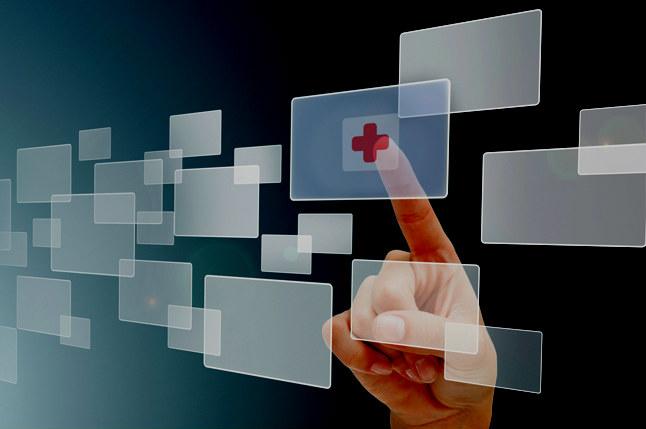
Globally, the healthcare industry faces major challenges such as rising costs, quality of care, patient outcomes, cost optimization, etc. The focus of many health systems is now evolving from a plain curative approach to a more holistic model involving preventive care, health provider performance dashboards, coordinated disease management and involving patients as informed consumers by providing online quality of care parameters.

Technology can reduce spiraling healthcare costs
According to Anurag Gupta, Research Director, Government & Healthcare- EMEA & APAC, Gartner, “Technology is increasingly looked at as a means to reduce spiraling healthcare costs. IT enables Healthcare Delivery Organization (HDOs) to deliver active prevention and targeted care programmes. e-health spending is rising in all major countries lead by ambitious plans to provide healthcare providers and patients access to online data. India is a very interesting market.”
Gartner estimates the enterprise ICT spending by hospitals and physicians will be about $1 billion in 2014. The health care IT market is highly competitive (cost sensitive), fragmented and with low technology penetration; which presents large growth opportunities for service providers.
Let’s look at some of the major market trends
Use of mobile technologies gaining traction: Mobility 'has attracted attention from all market players. A range of offerings, from simple text-based reminders, nurse helpline services, online consultations, tele-medicine, health monitoring, tele-care, tele-health, diagnostic apps and smart pills are being bundled under the mobile health umbrella.
Focus on accountability and transparency: Patients are actively looking for information about their care. Governments and regulators are looking to increase transparency and accountability (outcome-driven reimbursements) in healthcare
Cost pressures on healthcare budgets: Increased healthcare costs are squeezing public spending, and according to the Organization for Economic Co-operation and Development (OECD), medical inflation is greater than general inflation. More than 70% of entire healthcare spending is on chronic ailments.
Changing buying centers and roles: Clinicians are assuming a greater role in selection of systems and decision making. After years of being the recipients of technology decisions being handed over in a top-down approach, many doctors are now making themselves heard through active involvement in the procurement process. Senior nurses are also involved in some cases through the office of the chief nursing officer (CNO).
Cloud adoption is growing: HDOs were traditionally skeptical about adopting cloud computing because of strict privacy and security rules, but now, with cost pressures and advancement in privacy and security standards, HDOs are starting to see the benefits of adoption. HDOs adoption of cloud started mainly in the storage segment (flexibility to store large image data across radiology and cardiology departments) with a growing interest in the clinical space.
Gupta feels that major technology investments would be made in areas like electronic health records, hospital information systems, quality improvement initiatives like performance monitoring systems, portals etc. Some other focus area will be tele-medicine, cloud computing/software-as-a-service, customer relationship management software especially for large private hospitals, mobile device management, databases, server etc.

Analytics can enhance patients care
Talking about how analytics can save costs in healthcare, Gupta said, “Analytics can help in reinforcing clinical pathways driven by evidence-based medicine, for reducing fraud and abuse of the system and ultimately reducing costs. It helps in measuring organisational performance management of various units and identifying top-performing clinical units, hospitals and doctors, and proposing areas of improvement.”
According to Nandkishore Dhomn, CIO, Manipal Health Enterprises, “Analytics plays a key role in hospitals today and it enables the healthcare professional to treat the patients much better. With the introduction of business analytics, hospitals can mow make speedy decisions and also ensure better services to the customer.”
Analytics can also help in standardising care by presenting probable diagnosis to patients. For ex: WellPoint (one of the largest US health benefits companies, with nearly 34 million members) is trying to use data analytics to present doctors with a list of possible diagnoses when presented with a matching list of patient symptoms. Another example is Karolinska Institute in Sweden which leverages analytics to predict the most-effective patient treatment.
Talking about security Gupta says that hospitals need to evaluate the vendors for security certifications. For ex Health Insurance Portability and Accountability Act (HIPAA) certifications for internationally acclaimed vendors. Hospitals should create a culture of security within the organisation across both physical infrastructure and online mode. For ex access cards, log in details etc. They should have a viable disaster recovery and disaster mitigation plan. They should create a documented security plan and conduct regular security drills, for ex: through regular security risk analysis and should invest in regular employee trainings.

 In
In
Add new comment